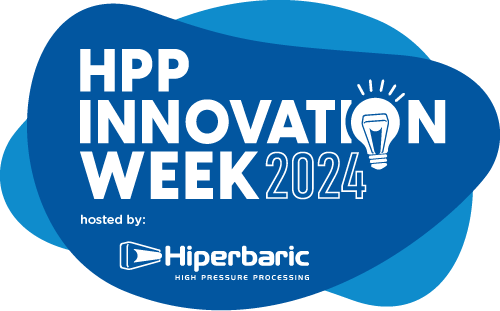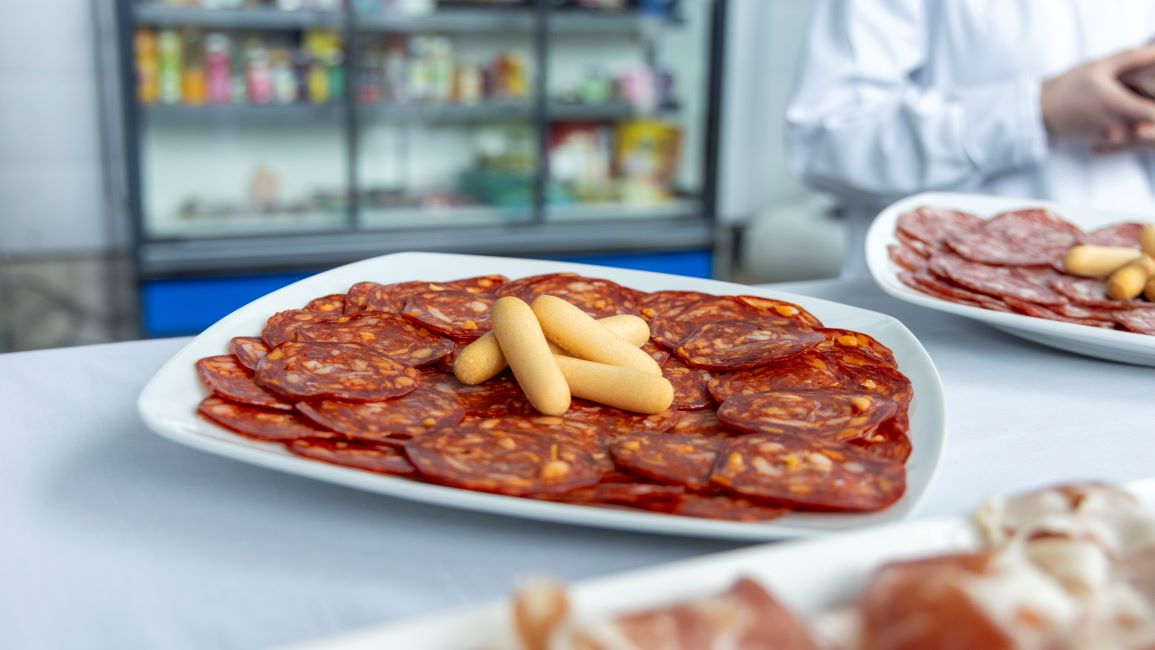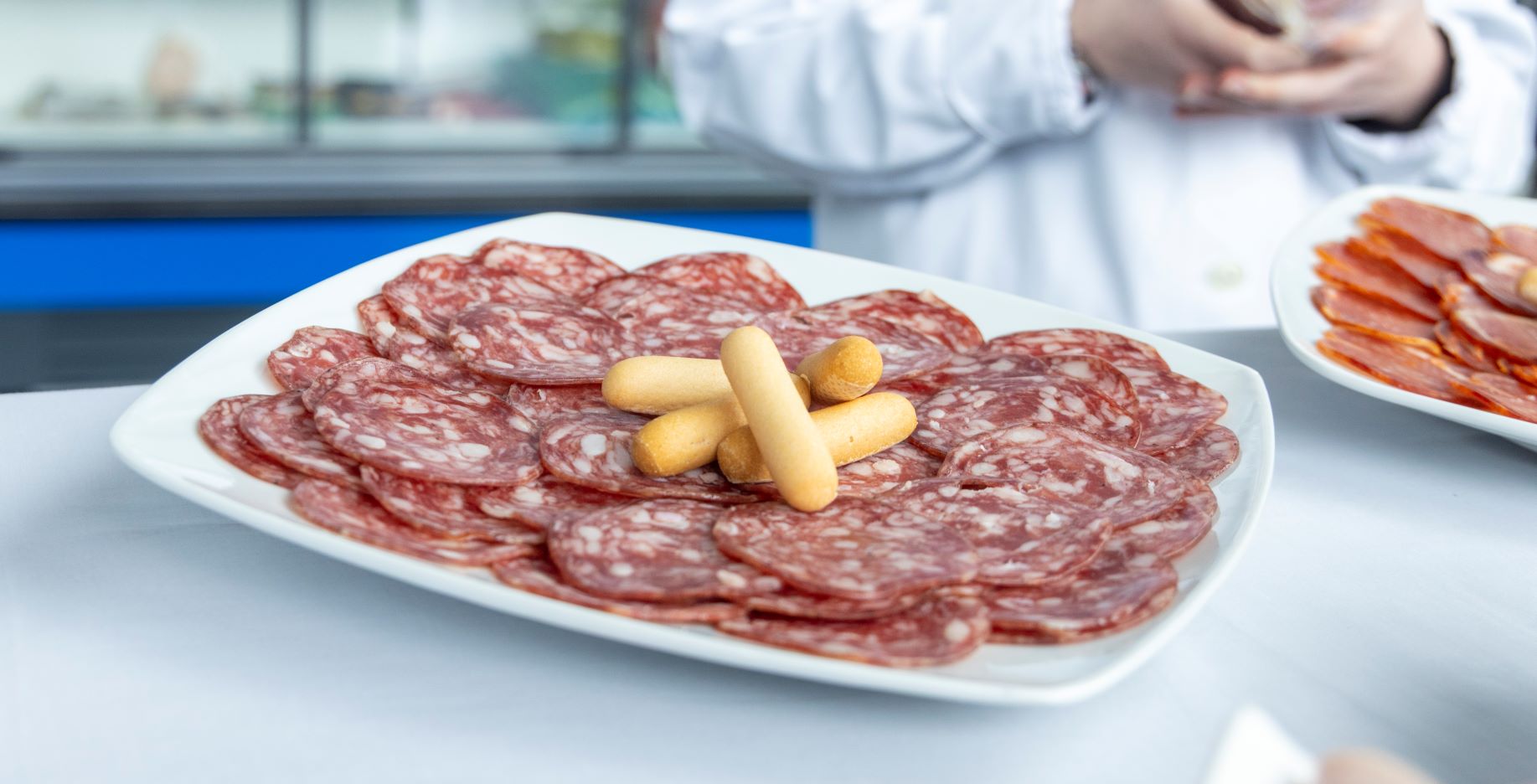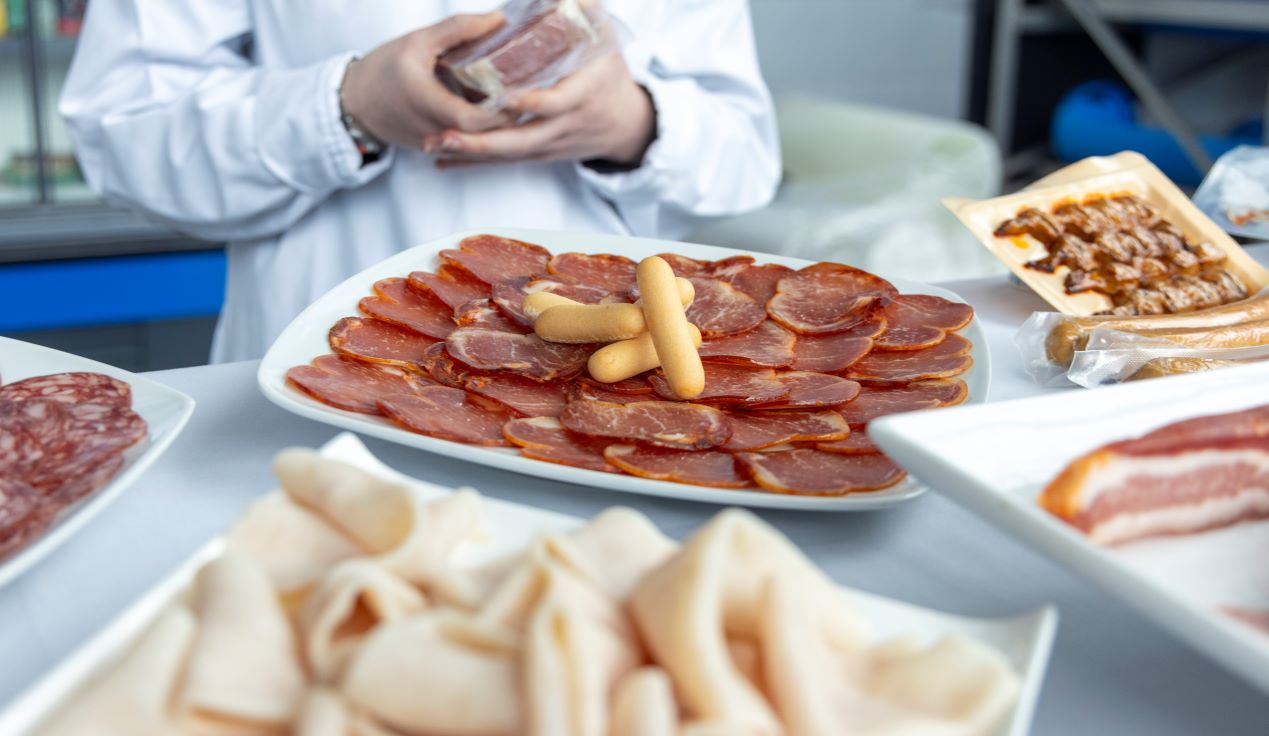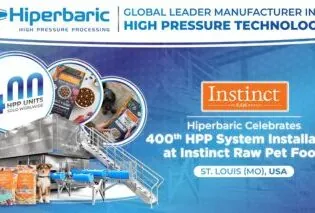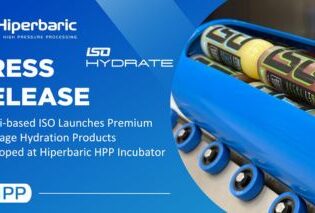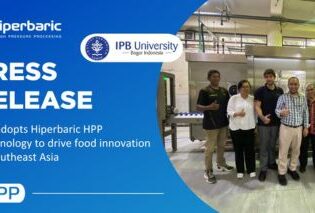

High-Pressure Processing (HPP) is a nonthermal food preservation method that ensures the safety and quality of ready-to-eat (RTE) dry cured and fermented meats. By inactivating pathogens like Listeria monocytogenes and Salmonella spp. without compromising sensory attributes, HPP offers a significant advantage in maintaining the taste, texture, and nutritional value of these products. This blog post explores the efficacy of HPP in pathogen control and its role in preserving the sensory qualities of dry cured meats, providing a comprehensive overview of this game-changing technology.
In the first two months of 2025, the Rapid Alert System for Food and Feed (RASFF) of the European Union issued 20 notifications to member states, warning about the presence of Listeria monocytogenes (13 alerts), Salmonella spp. (5 alerts), and Staphylococcus aureus (2 alerts) in ready-to-eat (RTE) dry cured and fermented meat products. These products include bacon, salami, fuet, prosciutto, coppa, and various types of cured sausages.
These alert notifications in Europe align with the recalls and public health alerts issued by the Food Safety Inspection Service (FSIS) of the USDA. This alignment is evidenced by a multistate Salmonella outbreak in 2024 linked to dry cured meats, which affected 104 people and led to 27 hospitalizations across 33 states.
Dry curing and fermentation are effective in controlling pathogens in traditional RTE meat products. However, poor hygienic practices or uncontrolled moisture and temperature conditions during these stages can lead to the survival of pathogens, which remain viable in the final product. To reduce the risk, jurisdictions such as the United States and Japan consider the presence of L. monocytogenes an adulterant. This forces food companies to implement control measures to ensure the absence of the pathogen. However, finding a balance between food safety and high sensory quality in this delicate category is challenging.
High-Pressure Processing (HPP) is a nonthermal food preservation method that uses extremely high pressure, typically up to 600 MPa (87,000 psi), to inactivate pathogens and spoilage microorganisms in food products. Unlike traditional thermal treatments, HPP effectively ensures food safety without compromising the sensory and nutritional qualities of the product. This makes it particularly beneficial for RTE dry cured and fermented meats.
HPP to Ensure Safety in Dry Cured and Fermented Meats
Foodborne Pathogen Control
Back in 2004, the FSIS approved HPP as a post-lethality intervention method for L. monocytogenes contamination. Therefore, an establishment can integrate HPP into its Hazard Analysis and Critical Control Point (HACCP) plan as CCP, and claim either Alternative 1 or Alternative 2, Choice 1 of the Listeria Rule (9 CFR Part 430). Establishments using these alternatives are likely to be inspected less frequently compared to those using Alternative 2, Choice 2, and Alternative 3, because of the higher level of control provided.
The efficacy of HPP in controlling L. monocytogenes and other pathogens in dry-cured and fermented meat products is well-supported by scientific literature (Figure 1). When the curing process reduces the water activity (aw) value of the products below the growth limit for L. monocytogenes (aw ≤ 0.92), demonstrating at least a 1-log10 reduction of the pathogen before the product is released would validate HPP as an effective post-lethality treatment.
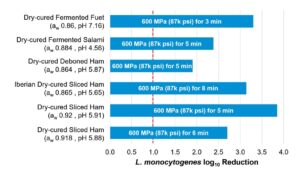
When the final products support the growth of L. monocytogenes based on physicochemical attributes (aw > 0.92 and pH >4.39), it is important to demonstrate that the pathogen does not grow over the expected shelf-life. High-Pressure Processing can be used as one of the hurdles to prevent its recovery. Subjecting salamis to 600 MPa (87,000 psi) for 5 min not only achieved an immediate >3.9-log10 reduction of L. monocytogenes but also ensured that the pathogen could not recover during storage (Figure 2) (Porto-Fett et al. 2010).
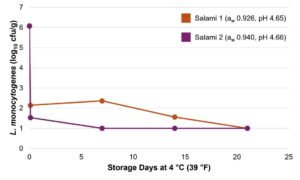
Other pathogens of concern, such as Salmonella spp., are effectively controlled by the process, as summarized in Table 1. To establish the impact of water activity on Salmonella spp. inactivation by HPP in dried cured ham, Bover-Cid et al. (2017) constructed a model considering an aw range of 0.860 to 0.940. Predictions suggested that processing cured ham with an aw > 0.885 at 600 MPa (87,000 psi) for 5 min would achieve a 3-log10 reduction and reach a 4-log10 reduction at an aw > 0.910.
Table 1. Log10 reduction of Salmonella spp. in dry-cured and fermented meat products (Jofré et al. 2009, Porto-Fett et al. 2010, de Alta et al. 2012, Porto-Fett et al. 2022).

Parasite and Virus Control
Ultimately, parasites and viruses of concern in this product category such as Trichinella spiralis and Hepatitis E can also be effectively controlled with HPP. Porto-Fett et al. (2010) reported that processing at 600 MPa (87,000 psi) for only 30 seconds, completely inactivated T. spiralis larvae in masseter muscle from pigs infected with a concentration of 3.4 log10 larvae/g.
Other researchers, such as Lee et al. (2023), demonstrated that HPP at 400 MPa (58,000 psi) reduced viral RNA copies of Hepatitis E virus by approximately 2-log10 units, while pressures of 600 MPa (87,000 psi) rendered the virus undetectable. It was concluded that HPP at pressures above 500 MPa (72,500 psi) for 9 min is highly effective for inactivating the virus in prosciutto, which aligns with the stringent processing conditions used for RTE dry-cured and fermented meats.
HPP to Preserve Sensory Quality in Dry Cured Meats
In addition to ensuring food safety, HPP plays a crucial role in preserving the sensory quality of dry cured meats. Figure 3 shows how processing dry-cured ham at 600 MPa (87k psi) for 6 min achieves this delicate balance, ensuring that consumers can enjoy safe, high-quality products without compromising on flavor or appearance.
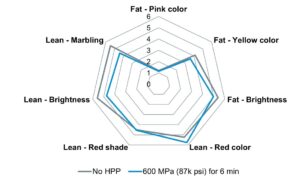
The texture is also preserved, as reported by de Alba et al. (2012). Subjecting dry-cured ham to 600 MPa (87,000 psi) for 6 min caused an immediate increase in tenderness, as evidenced by a 42% reduction in shear force compared to unprocessed ham samples. However, this difference steadily decreased during storage at 8 °C (46 °F) and reached equilibrium after 45 to 60 days.
Finally, the delicate flavor of RTE dry-cured meats remains unaffected by HPP (Figure 4). Researchers found that cured ham processed at 600 MPa (87,000 psi) for 6 min retained a similar flavor profile to unprocessed ham after 30 days of storage. The process did not significantly impact most flavor attributes, although there were slight increases in rancidity and bitter flavors.
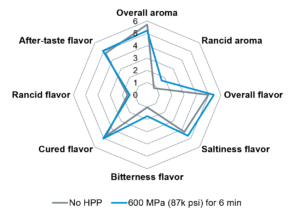

In conclusion, HPP stands out as a powerful tool for enhancing the safety and quality of RTE dry cured and fermented meats. By effectively inactivating harmful pathogens while preserving the sensory attributes that consumers love, HPP offers a balanced solution to the challenges faced by food producers. Embracing this technology not only protects public health but also supports the production of premium, flavorful products that meet the highest standards of quality. Do not hesitate to contact us if you want to learn more!

